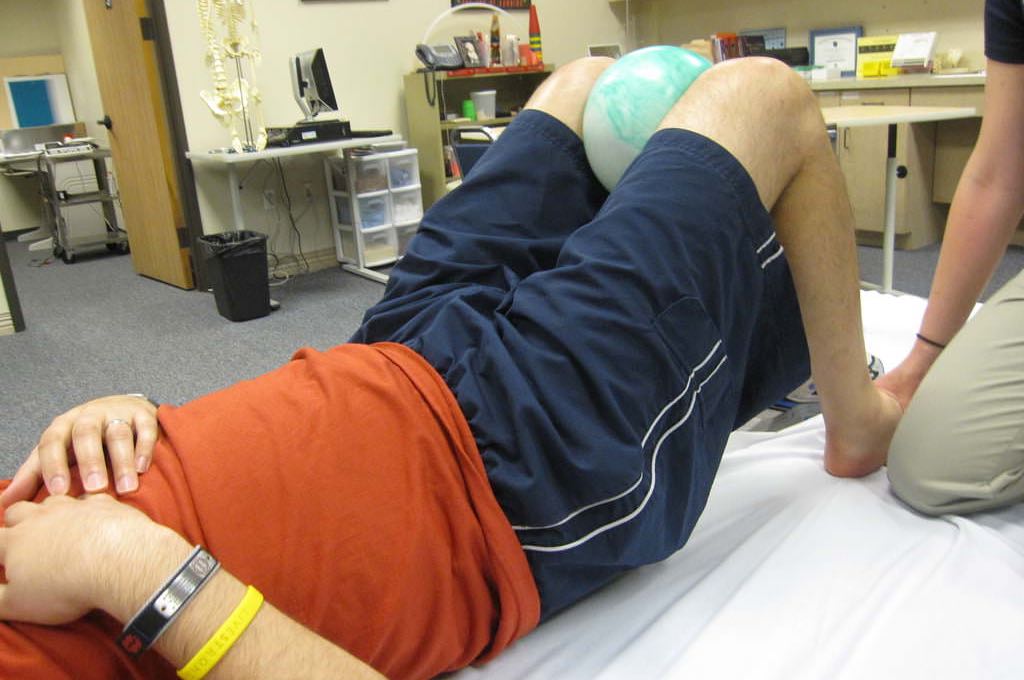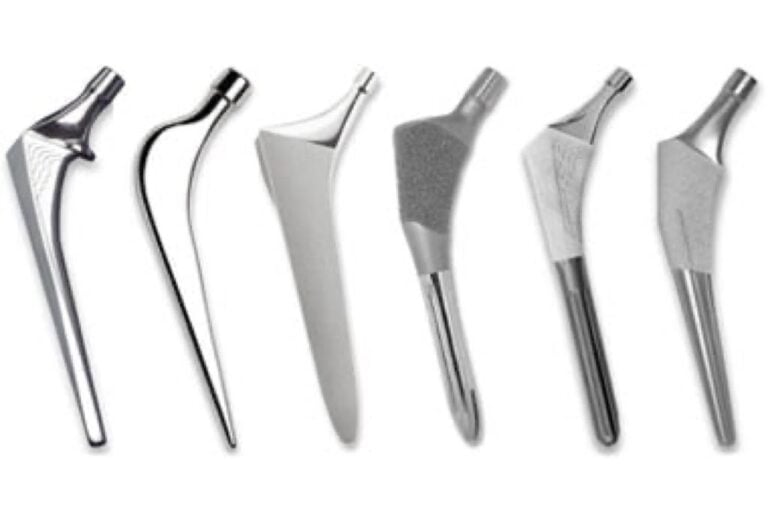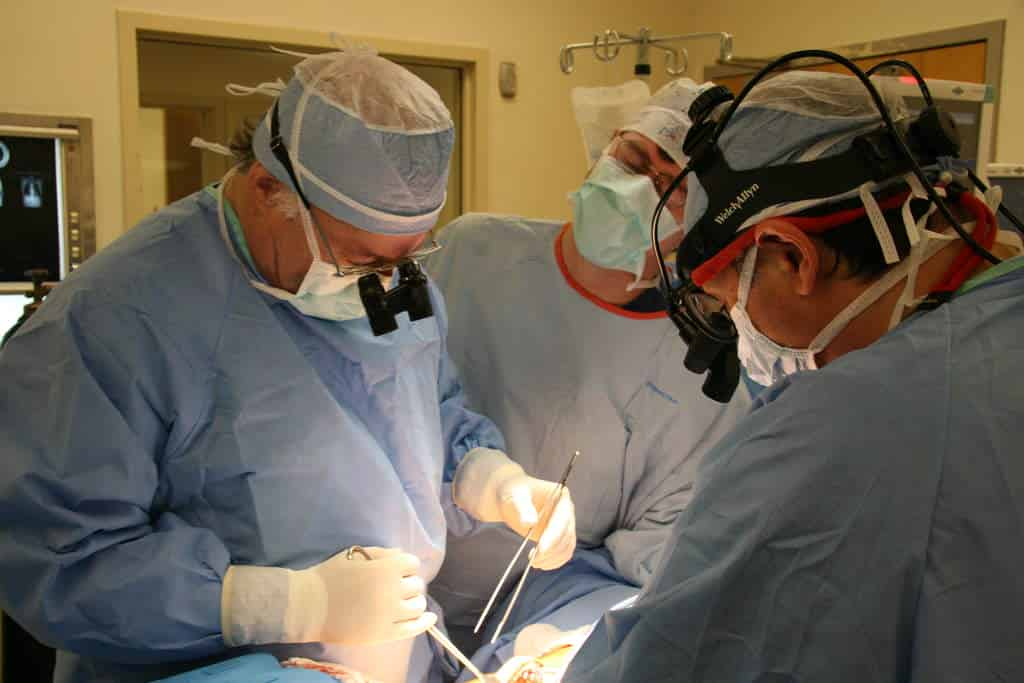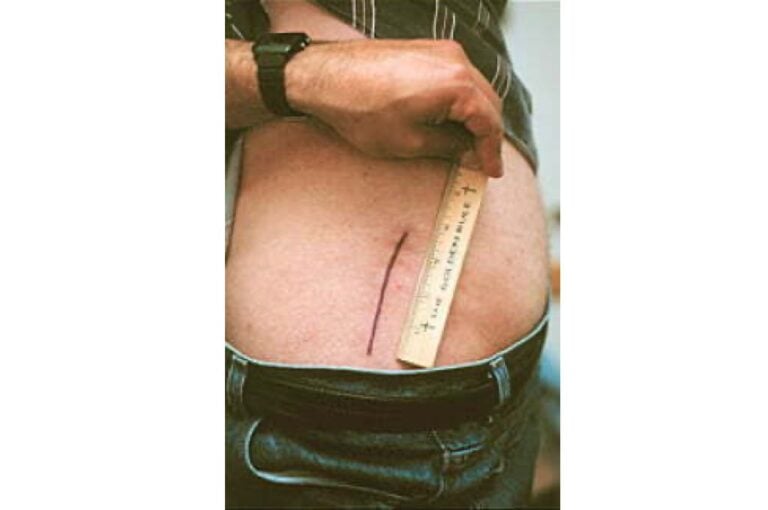Hip replacement surgery – like all surgeries – is generally only recommended after all conservative (non-invasive) treatment options fail to provide relief from symptoms. There are a number of non-surgical treatment options for hip pain including pain caused by osteoarthritis and other forms of arthritis, ligament injuries, tendinitis and bursitis.
Exercise and Physical Therapy
Exercise and physical therapy are often the first-line approach, while health care providers will often recognize that surgery remains an option if the less-invasive treatments are unsuccessful.
Because damaged hips often worsen as a direct result of reduced activity, physical therapy and physiatry can help restore function through non-surgical means. An individualized exercise program should be designed for each patient’s specific condition and can include strength and flexibility training as well as balance and proprioception exercises.
In addition to therapeutic exercise, physical therapists will also use cardio training, ice, massage, deep heat, nerve stimulation and even aquatic therapy to assist patients with their pain, range of motion and strength.
Splinting / Bracing
Splinting (or bracing) is another tool in the physical therapist’s toolbox. Bracing provides stability (especially in the case of repeated dislocations) and relieves pressure and pain at the hip joint. Braces should be fitted by a physical therapist, physician or certified orthotist.
Anti-inflammatory Agents
Non-steroidal anti-inflammatory agents (NSAIDs) are some of the most commonly-prescribed drugs to reduce both the pain and swelling caused by arthritis. The most common NSAIDs are ibruprofen and naproxen.
COX-2 inhibitors are a relatively new class of NSAIDs and may provide significant benefits in the treatment of osteoarthritis. COX-2 is a protein in the body that assists in the production of substances that cause acute or chronic discomfort in the joints. COX-2 inhibitors block the creation of the COX-2 protein which contributes to acute or chronic joint discomfort. The result is a reduction in joint inflammation.
Long-term use of NSAIDs has been known to cause stomach problems in some patients.
Glucosamine and Chondroitin
Glucosamine and chondroitin sulfate are agents that occur naturally in the body, but can be supplemented in an over-the-counter or prescription pill form. Glucosamine stimulates the formation and repair of articular cartilage, while chondroitin sulfate prevents other body enzymes from breaking down the building blocks of joint cartilage.
Many believe that glucosamine and chondroitin have anti-inflammatory effects that help relieve the pain of osteoarthritis—with fewer side effects than NSAIDs. Whether they actually slow the degenerative process or restore cartilage in arthritic joints has not been determined.
Viscosupplementation
Some research shows that joints affected by osteoarthritis have a lower-than-normal concentration of hyaluronic acid, which is found within synovial fluid and acts as a lubricant for the joint. Viscosupplementation involves injecting a preparation of hyaluronic acid into the arthritic hip joint, multiple times over several weeks.
Some patients obtain pain relief through viscosupplementation that may last several months. It is not effective in all cases, however, and does not appear to stall the progress of arthritis in the joint.
Corticosteroids
Corticosteroids, such as prednisone, provide anti-inflammatory effects which can ease joint pain significantly. They are usually given in the form of injections directly into the joint, what is called an intra-articular injection. Corticosteroids are generally not recommended for long-term treatment due to other side effects.
Long-term use of steroid injections can cause further destruction of joint cartilage, hastening the need for joint replacement.The steroids suppress the body’s immune system, making a patient more susceptible to infection. Cataracts, high blood sugar and loss of bone calcium are other side effects.
Extracoporeal shock wave therapy
Extracorporeal shock wave therapy (ESWT) offers promise for long-term relief of hip pain caused by tendinitis. ESWT delivers high-energy sound waves to the knee to create a micro-trauma, which promotes revascularization and triggers the body’s natural repair mechanisms by increasing oxygen and blood supply to injured or diseased tissue and bone.
Weight loss
If appropriate weight loss will also serve to reduce stress on the hips.
With a conservative treatment approach, some patients can avoid the need for surgery for several years after the onset of injury, arthritis or other condition. Always talk to your primary care physician and/or to your orthopedic surgeon before starting any treatment plan.
image credit: roger_mommaerts






